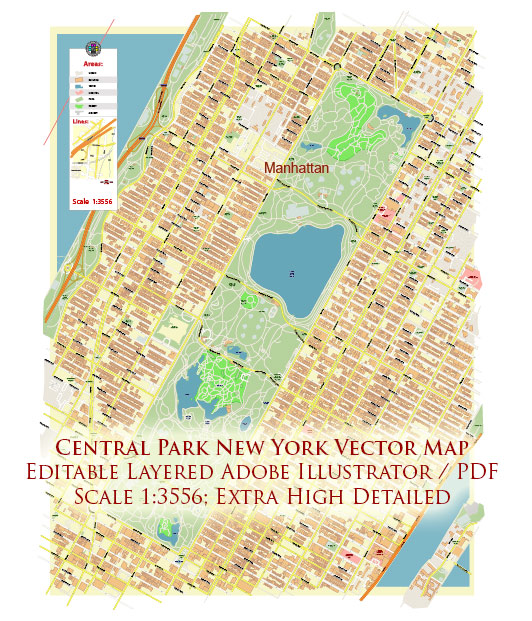Central Park in New York City is a massive urban park located in the borough of Manhattan. It covers an area of 843 acres (341 hectares) and is known for its diverse botanical features, including a wide variety of trees, shrubs, flowers, and landscapes. Here is a general botanical description of Central Park:
- Trees: Central Park boasts a rich diversity of tree species, including oaks, maples, elms, pines, beeches, and many more. The park is home to approximately 20,000 trees, some of which are quite old and large. The Mall, a prominent walkway lined with American elm trees, is one of the iconic features of the park.
- Water Bodies: The park contains several bodies of water, including the Central Park Reservoir, the Jacqueline Kennedy Onassis Reservoir, and several ponds and streams. These water features support a variety of aquatic plants and wildlife.
- Flower Gardens: The park features numerous flower gardens, such as the Shakespeare Garden, Conservatory Garden, and the beautiful Central Park Conservatory Garden. These areas are planted with a wide array of seasonal flowers that create a colorful and visually stunning display.
- Meadow and Grasslands: Central Park includes open meadows and grassy areas, providing natural spaces for people to relax and enjoy the outdoors. These areas are home to various grasses and wildflowers.
- Woodlands: Several wooded areas can be found within Central Park, such as the Ramble, North Woods, and the Hallett Nature Sanctuary. These woodlands are inhabited by a mix of native and introduced tree species, providing habitat for various wildlife.
- Wildlife: Central Park is home to a variety of wildlife, including birds, squirrels, raccoons, and even the occasional deer. Birdwatchers can spot numerous species throughout the park.
- Aquatic Plants: The park’s water bodies support aquatic plant life, including various water lilies and submerged vegetation.
- Arboretum: The park serves as a mini-arboretum, with labeled trees and plaques providing information about different species.
- Seasonal Changes: Central Park’s botanical beauty changes with the seasons. In the spring, cherry blossoms and tulips bloom, while in the fall, the park’s trees display stunning autumn foliage.
- Maintained Landscapes: The Central Park Conservancy is responsible for the maintenance and care of the park’s botanical elements, ensuring that the landscapes are well-preserved and continually enhanced.
Central Park’s botanical diversity and well-manicured landscapes make it a vital oasis in the heart of Manhattan, offering residents and visitors a chance to connect with nature in the midst of the bustling city.


 Author: Kirill Shrayber, Ph.D.
Author: Kirill Shrayber, Ph.D.